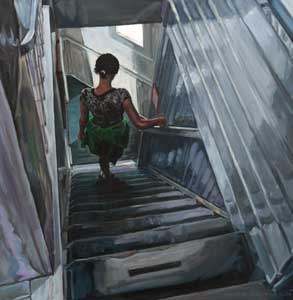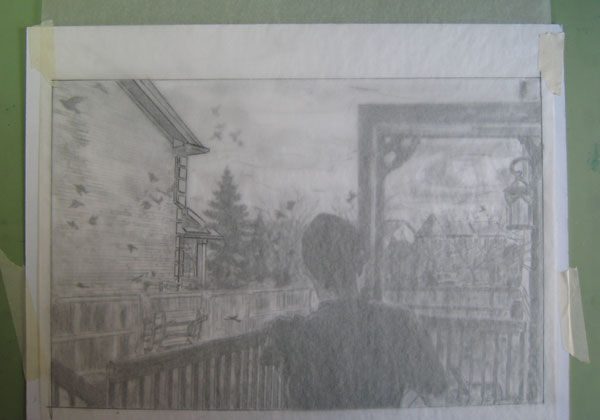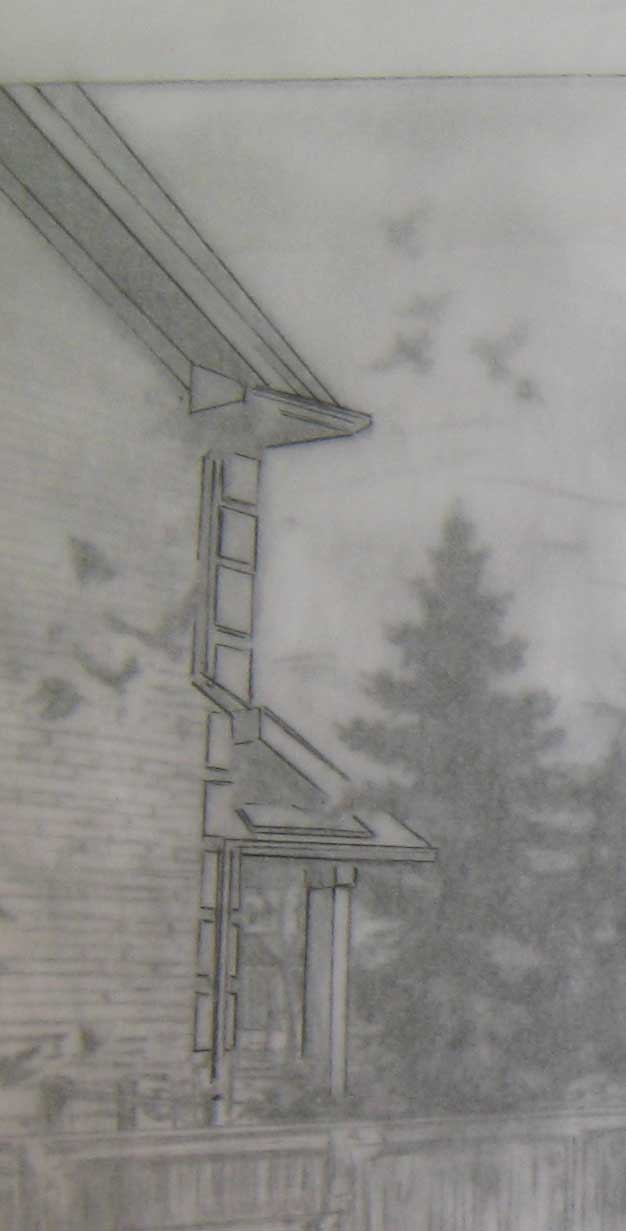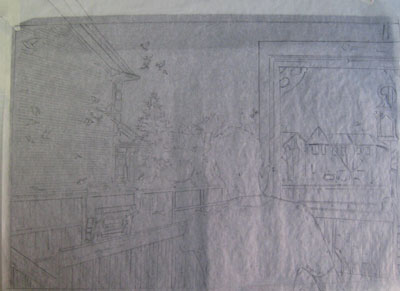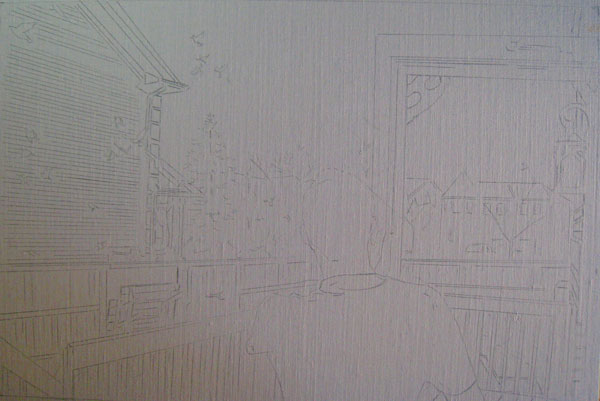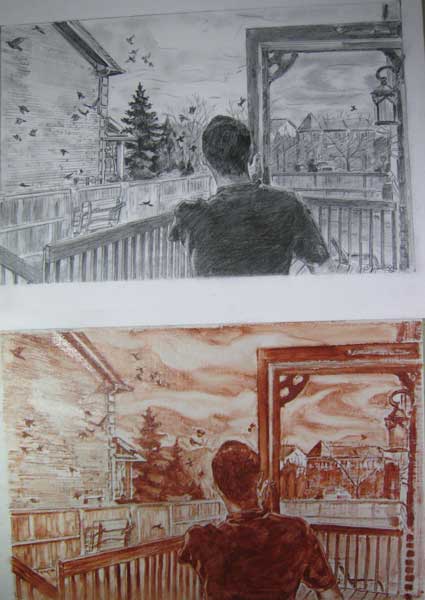Recently, I sold a large oil painting to a client in the United Kingdom. Shipping a large art work from Canada overseas was a first for me, and I came across a variety of helpful information about packaging and how to ship art internationally in my research. The artwork I wanted to ship was a 48" x 48" X 1.5 " oil painting on canvas on wood stretchers. It weighed 11 lb (pre-packaging). I wanted the artwork to travel quickly (air freight vs 6 - 8 week journey by boat), tracked, and insured at full value ( i.e. repaired if damaged, or full compensation if lost).
To find international art shipping companies in my area (not all freight forwarders will ship art), I searched online as well as contacted the good folk at my municipal art gallery, and CARFAC Ontario, for recommendations (they kindly obliged). It never hurts to ask fellow artists about who they use, too!
Companies that Ship Art
Although I made my inquiries just before New Year's, all companies got back to me soon after the holiday. I made my inquiries via email. I have since learned that for some art shippers, if very busy, it may take two weeks for an email reply.
Here are the shipping companies I contacted:
UPS For Canada http://www.ups.com/canada/engindex.html or ups.com Although very helpful, my local UPS store would not insure the artwork for more than $1000. and payout would only occur if the painting was lost completely. This knocked them out of the running for me.
Fedex. or www.fedex.ca or www.fedex.com Fedex has a handy chart for estimating cost of shipment.
NavisPack and Ship http://www.gonavis.com
Museumpros museumpros.com
Armstrong Fine Arts www.shipfineart.com
Pacart www.pacart.ca
Here is a company that insures art (and artists' studios, too), for when you need separate insurance www.assurart.com CARFAC artists are eligible for a discount
Note: When I have a smaller painting to mail in Canada or to the U.S.A., I have always had a good experience with Canada Post Express post. Quick, tracked, insured.
Heads Up on Shipping Costs
The quotes I received for the 48" x 48" oil painting to be crated, insured and shipped to Britain, ranged from $1500 - $2000. One company quoted $3000 just to Heathrow Airport, London. Before I did my research, I had the vague understanding that shipping art is a costly venture, but I confess, the aforementioned quotes took me by surprise! So beware, when selling overseas, be sure to get a quote on shipping before giving an estimate to your client. The size of my painting, not so much the weight, placed it in the "harder to package and ship" higher price bracket.
Luckily, I was able to remove the painting off the stretcher, dissassemble the stretcher, and package sonotube within sonotube, which reduced shipping price substantially. This, however, leaves the clients having to reassemble it at the other end. It is helpful if you can find as much info online to aide them in this task. Also photograph the work as you take it apart showing folds, and bar positions . Include hardware, wire and picture hooks - anything to help them at the other end!
Make Two Copies of Invoice
Your shipping company can help you, but remember you'll need two copies of a commercial invoice (keep another for your records). One for the outside and one in with the art. These invoices should have
Date
Commercial Invoice
your name, address, phone, fax numbers, email
your business number
the consignee's name, address (postal code!), phone, fax and email and all other pertinent contact info
a photo of the artwork
Detailed info of the artwork. Title, Size, medium, weight
Value of painting(overseas - does not include tax or shipping cost)
Weight and size of package will have to be adjusted if they are doing the packaging for you
Its use
Declaration it is an original _______ by living Canadian artist __________
Videos on Shipping Art
Here are some very informative videos on how to package art yourself.
FedEx how to safely package and ship art http://www.youtube.com/watch?v=d8zNtyAx8c4
Xanadu Gallery owner, Jason Horejs - webinar on shipping art http://www.xanadugallery.com/webinar/shipping/index.asp
Please keep in mind, if you are making your own crate to ship overseas, most companies have very stringent rules about wood. Crates must be made accordingly.
Here is The Canadian Conservation Institution page on crates http://www.cci-icc.gc.ca/caringfor-prendresoindes/articles/sixsteps-sixetapes/step6-etape6-eng.aspx
Good luck!

